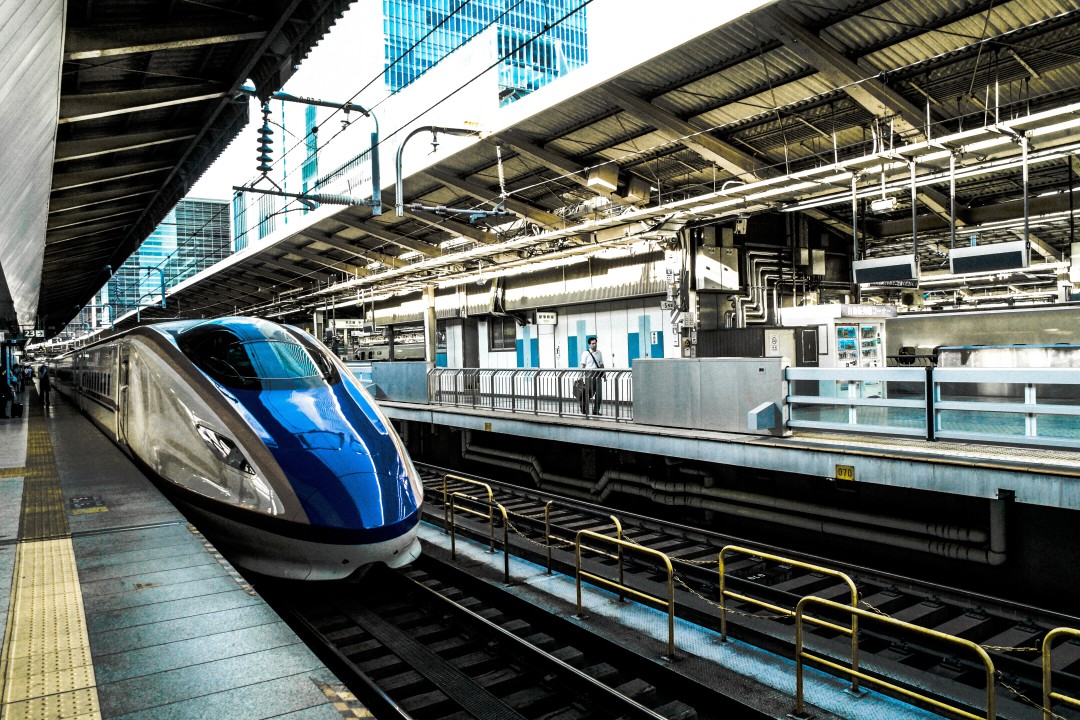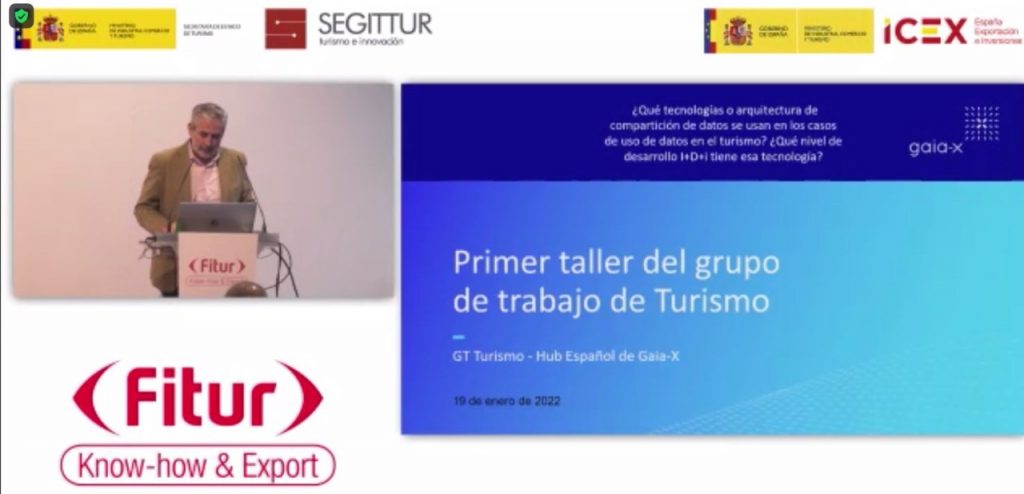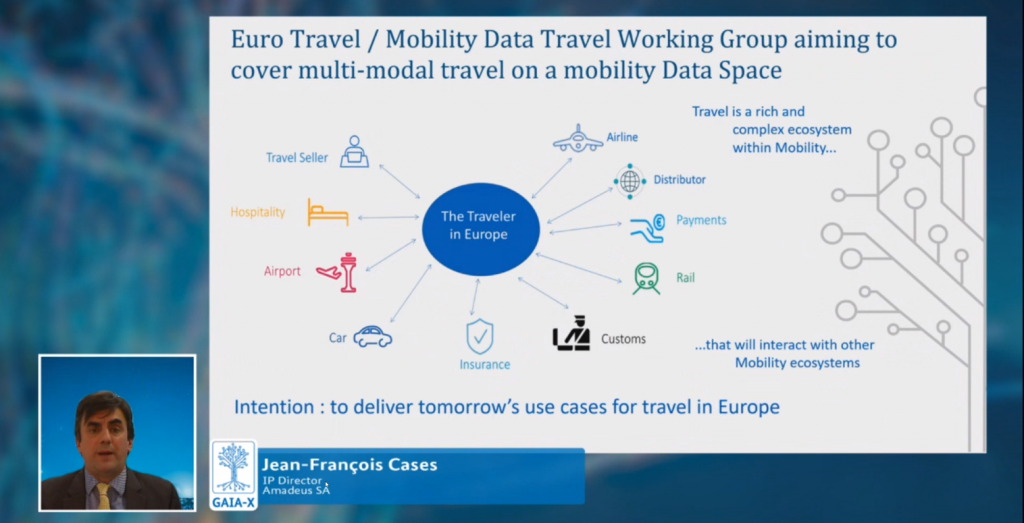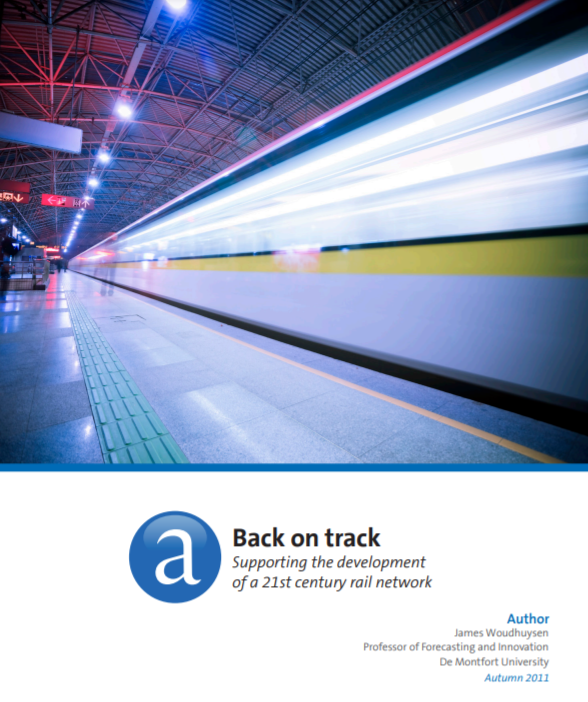Multimodal travel, against all odds


Juan Giron
Global Corporate Communications at Amadeus IT Group SA
Smart travel, multimodality, intermodality, door-to-door travel are becoming aspects increasingly vital for the future of a sustainable travel sector. They require a joint transversal effort though. Europe is convinced of that. That’s why Brussels keeps a policy of encouraging sustainable transport, such as multimodal and intermodal transport operations involving air, road, rail, inland waterway and short sea shipping. An open and collaborative approach amongst relevant industry stakeholders is needed. Let’s face it: in times of rethinking and rebuilding this industry, there is a clear opportunity for Europe to take the lead on developing seamless travel through a solid door-to-door intermodal transport system.
Recently, travel technology giant Amadeus introduced the multimodality element in the Mobility & Travel Data Space project, within the framework of Gaia-X, the growing federated data infrastructure for Europe. The aim, as explained by Amadeus’ IP Director Jean-François Cases, is “to create a new multi-modal ecosystem where partners in the dataspace can exchange data independently of the place they store it in, for example in data centers or cloud providers. They should do so through connectors or nodes to be defined and standardized”.

A common IT platform is crucial
Amadeus also commissioned an independent research to outline intermodality’s potential benefits for the industry as a whole. “In a world of shifting alliances and intermodality, a common IT platform makes it easy for rail companies to work with new partners – without having to rebuild proprietary IT systems from scratch. Once new interline arrangements are agreed and put in place between a rail company and an airline, any travel agent on the common platform can issue each passenger with a single ticket for an intermodal journey, as well as a single itinerary for that journey. Naturally, the travel agent views rail content and airline content on the same page of the same screen”( Back on Track).

In parallel, airports see a huge opportunity in intermodality since “connected airports and regions are able to generate more income and can improve the ecological situation”, as recently underlined during a session of the Airport Regions Council (ARC), the association of regional and local authorities across Europe with an airport situated within or near their territories. In an interview we held in Brussels within the context of European door-to-door travel, Sergi Alegre, General Manager of Airport Regions Council (ARC), stressed the importance of public-private collaboration so that companies’ efforts don’t suffer from lack of incentive.
The technology is there to make multimodality happen
The technology to support this initiative does exist. Back in 2016, Amadeus, leading the All Ways Travelling (AWT) industry consortium, successfully developed and validated a model for a multimodal pan-European passenger transport information and booking system in a relevant European corridor. This was the formal evidence of the technological feasibility of this initiative and that, far from being a farfetched notion, it is perfectly possible for travelers to book and use one single ticket for air, rail and urban transport across Europe. Multimodality, smart mobility or door-to-door travel is turning into a must for the sector’s recovery. But the path ahead doesn’t look like being obstacle-free, as highlighted by Catherine Barba, founder of New York-based PEPS Lab, in an interview we had some time ago within the context of multimodal travel between countries with shared borders such as France and Spain.
“Multimodal travel will succeed against all odds“, says Amadeus’ Senior Adviser Felipe González Abad. “This is because it perfectly fits with the concept of innovation the way I see it: new things become successful and remain like that on the long term because they really meet the real needs of their users. Or because these new things evolve to satisfy those real needs in either a more effective or a more efficient way, or both at the same time”.

“I think”, adds González Abad, “that trips should be defined by their attributes: where I go, how I get there, where I stay, what I do and how I buy. This implies that trips have six kinds of protagonists: travelers, destinations, transportation, hospitality, events and marketers. Since multimodality meets simultaneously the actual needs of these six kinds of travel protagonists, I am convinced that multimodal travel will thrive through thick and thin”.